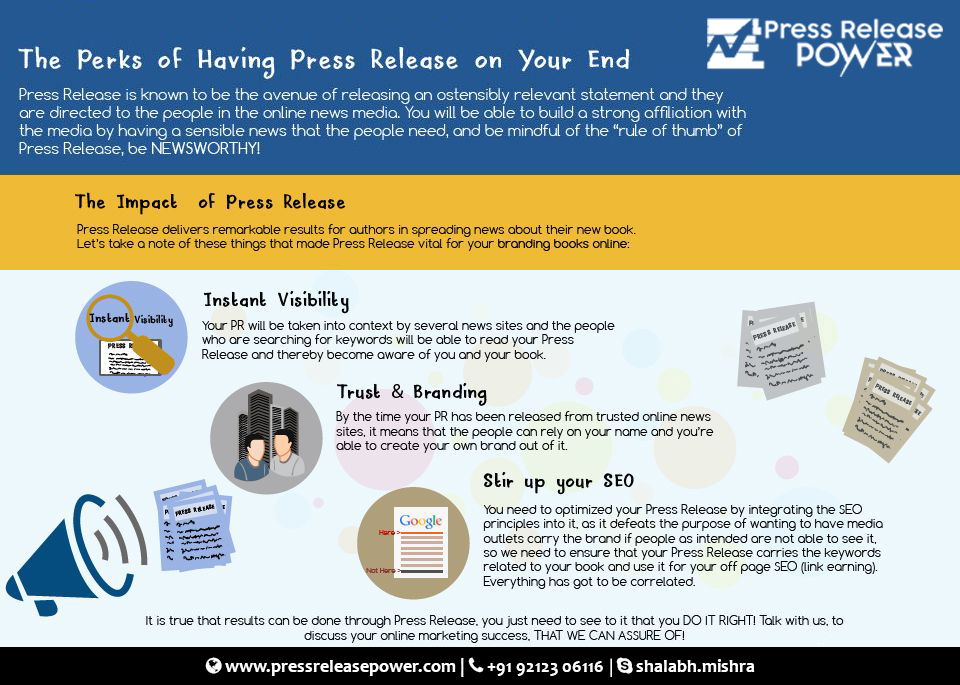Navigating an Uncontested Divorce in Virginia: A Simple Guide
Divorce is never an easy decision, but an uncontested divorce can make the process more straightforward and less stressful. In Virginia, this type of divorce is ideal for couples who agree on key issues such as property division, child custody, and support arrangements. This guide will help you understand what an uncontested divorce entails and how to navigate it effectively.
What Is an Uncontested Divorce?
An
-
Division of marital property and debts
-
Child custody and visitation arrangements
-
Child and spousal support agreements
Because there are no disputes to resolve, uncontested divorces are typically faster, less expensive, and more amicable than contested divorces.
Eligibility for an Uncontested Divorce in Virginia
To file for an
-
Residency Requirements: At least one spouse must have lived in Virginia for six months before filing.
-
Separation Period: You must be separated for a specific duration:
-
Six months: If you have no minor children and a written separation agreement.
-
One year: If you have minor children, regardless of whether you have a separation agreement.
-
-
Mutual Agreement: Both parties must agree on all aspects of the divorce, including property division, custody, and support.
Steps to File for an Uncontested Divorce in Virginia
1. Prepare a Separation Agreement
A separation agreement is a legally binding document outlining how issues like property division, child custody, and support will be handled. Both spouses must sign this agreement voluntarily.
2. File the Divorce Papers
To begin the process, one spouse (the plaintiff) must file a Complaint for Divorce in the circuit court of the county where either spouse resides. Required documents include:
-
Complaint for Divorce
-
VS-4 Form (Vital Statistics Form)
-
A copy of the signed separation agreement
3. Serve the Other Spouse
The plaintiff must formally serve the divorce papers to the other spouse (the defendant). In an uncontested divorce, the defendant usually acknowledges receipt by signing a waiver of service.
4. Attend a Final Hearing (If Required)
In some cases, you may need to attend a short court hearing. During the hearing, the judge will review the documents, ensure all legal requirements are met, and finalize the divorce decree. For uncontested divorces, this step is often straightforward and brief.
5. Receive the Final Decree
Once the judge approves the divorce, they will issue a Final Decree of Divorce. This document officially ends the marriage and outlines the terms agreed upon by both parties.
Benefits of an Uncontested Divorce
-
Cost-Effective: Fewer legal fees and court costs make it a more affordable option.
-
Time-Saving: Uncontested divorces often take less time to finalize compared to contested cases.
-
Privacy: Since there’s no courtroom battle, personal matters remain more private.
-
Reduced Conflict: Mutual agreement minimizes stress and fosters cooperation, especially important when children are involved.
When to Seek Legal Help
While uncontested divorces are simpler, it’s still wise to consult an experienced family law attorney. An attorney can:
-
Ensure your separation agreement is fair and legally sound
-
Guide you through the filing process
-
Prevent costly mistakes that could delay your divorce
Conclusion
An
If you’re considering an uncontested divorce, start by discussing terms with your spouse and seeking legal advice to ensure a seamless transition into this new chapter of your life.
What's Your Reaction?


















